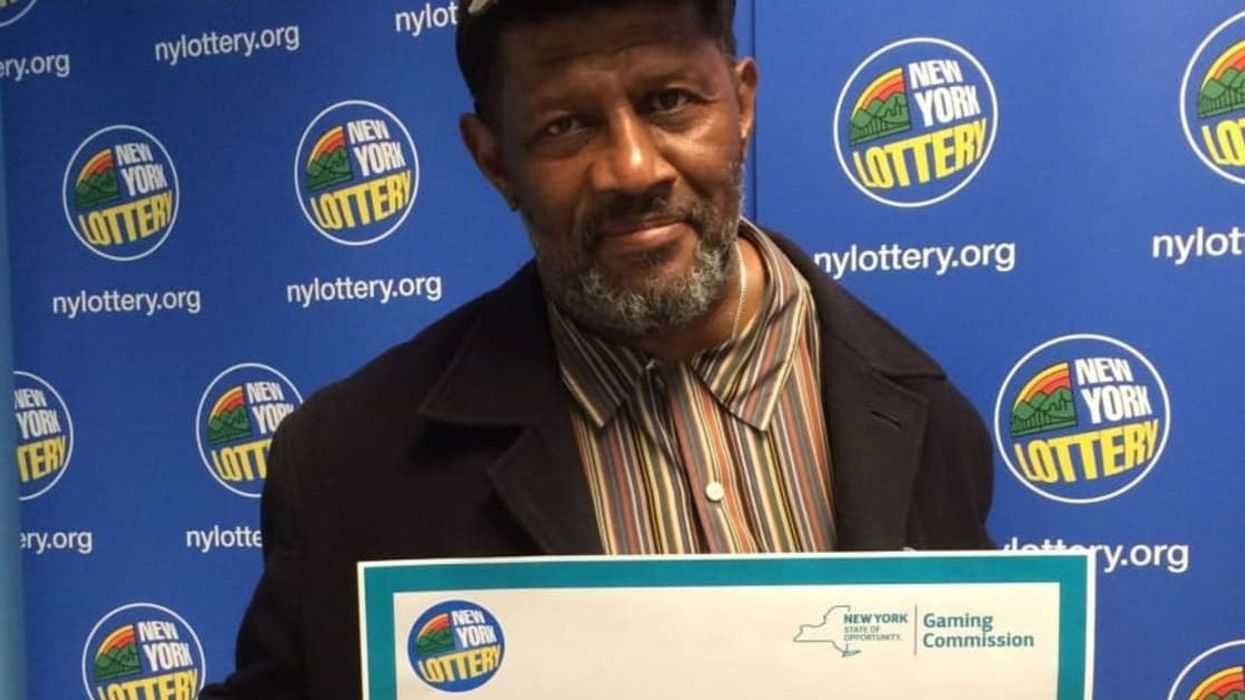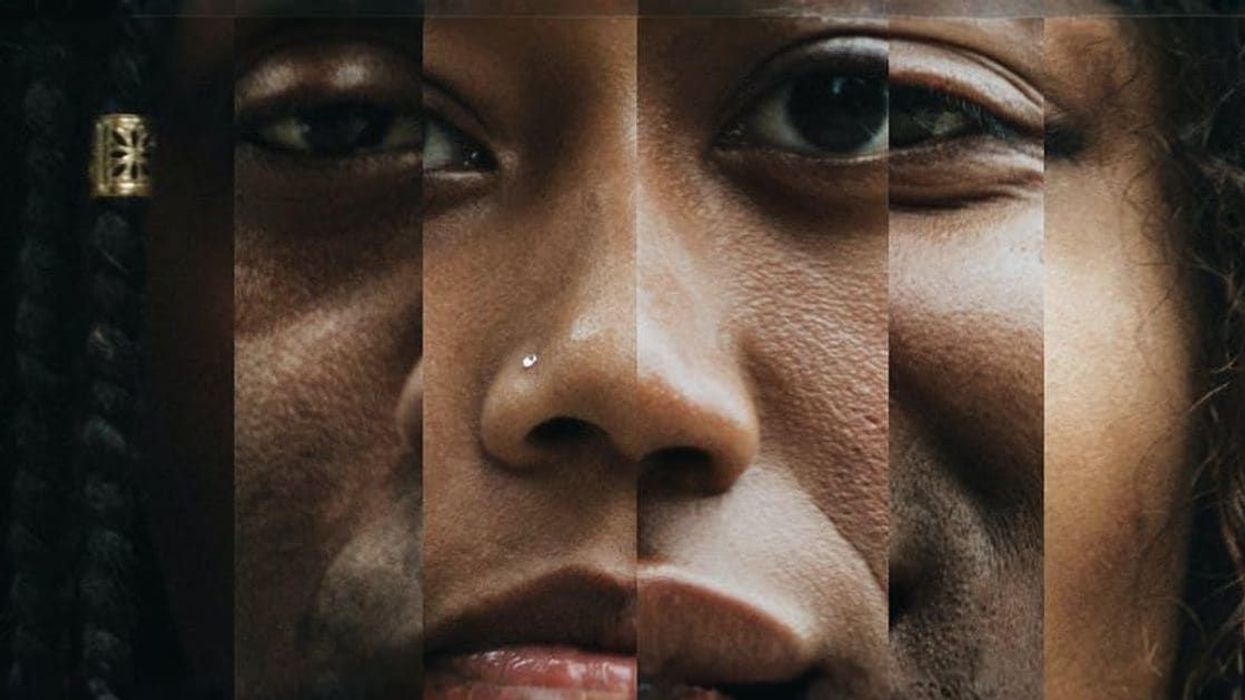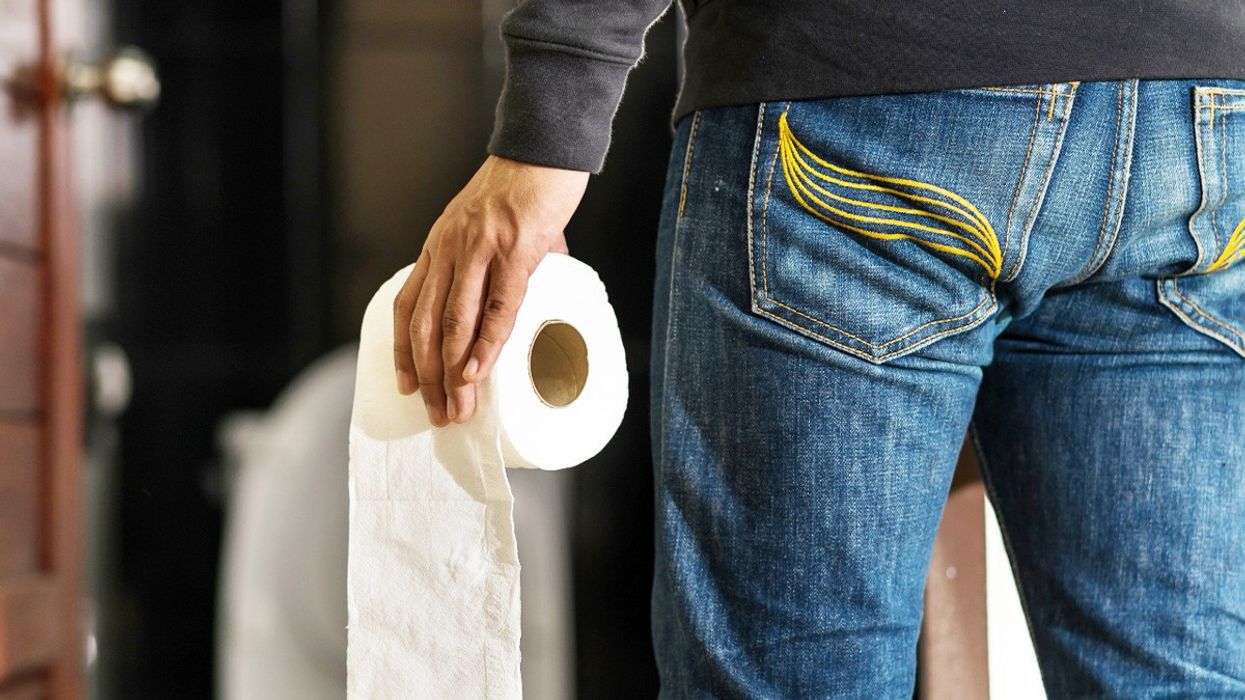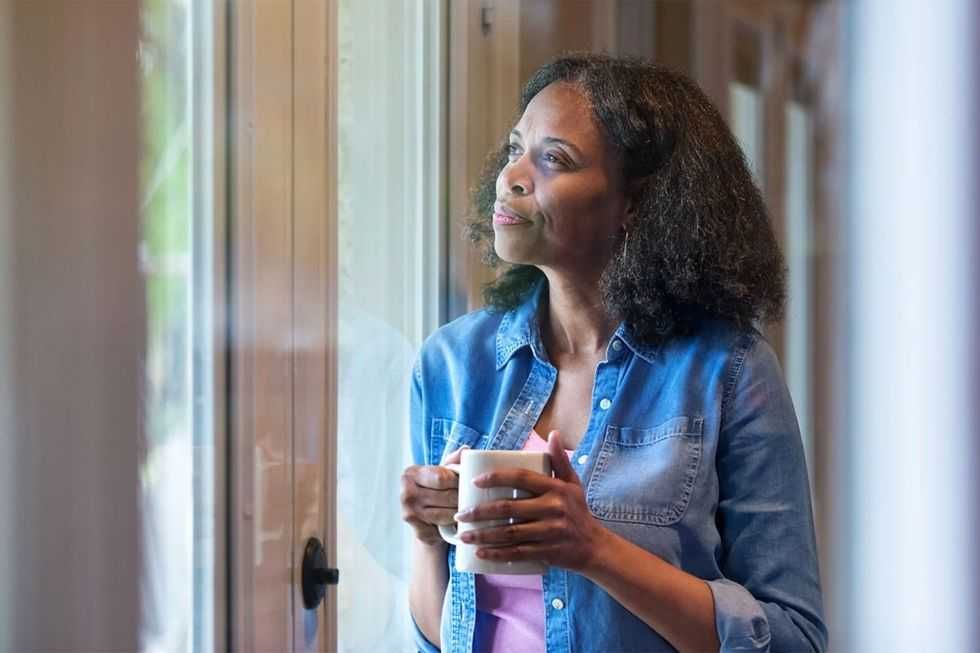In a heavily guarded sports complex in Kabul, Afghanistan, loud thumps echo from the hall as young girls grab their partners by the arms and hurl them onto a thin mat covering the carpeted concrete floor. At times, some of the girls pause to adjust their headscarves, partially covering their all-white judo uniforms, while others have not covered their heads at all. This, despite the fact that their trainer is a man.
Afghanistan, a country that is often in the headlines for its dismal record with women’s rights, is perhaps the last place on earth where one would expect to find enthusiastic girls practicing a combat sport and dreaming of making it to the Olympics one day. But in Kabul, increasing numbers of girls have been flocking to judo classes.
During the extremist Taliban regime in the 1990s, girls and women were not allowed to participate in sports. But in 2002, a year after the fall of the regime, the Afghan Judo Federation started training girls again with the support of the Norwegian Embassy in Kabul.
Girls’ trainers were brought in from Norway, and the first training sessions were held in an orphanage in Kabul. “Most of the girls were themselves orphans, but some came from outside as well,” Farhad Hazrati, Deputy Head of the Afghan Judo Federation, explains. It didn’t take long for these judokas to become famous: In 2004 Fariba Rezayee—18 at the time—was selected to represent Afghanistan in the Summer Olympics in Athens. Ever since, judo has, surprisingly, become one of the most popular sports among girls in Afghanistan—a country where even riding a bicycle is not considered appropriate for women.
Because of the popularity of the sport, even many regular schools in Kabul now provide judo classes for girls.
Zarina Sahibi, 15, also first heard about judo at school and quickly joined the classes. Only a year and a half later, she is one of the most promising young judokas of Afghanistan, with five national girls’ judo championship medals under her belt.
A wide smile spreads across her face when she talks about her successes and dreams for the future. “The best thing about judo is the competitions and the winning. I want to compete in the Olympics; that is my dream. I am ready for it,” she tells GOOD.
[quote position="right" is_quote="true"]Judo (is) one of the most popular sports among girls in Afghanistan … where even riding a bicycle is not considered appropriate for women.[/quote]
Traditionally, Afghan families often give more importance to their sons than their daughters. Girls are usually expected to take care of household chores, and conservative families do not always allow their daughters to go to school. But Zarina’s family—especially her father—is now extremely proud of her success and supports her completely. “My standing in the family became much better after I started winning in competitions,” she says.
Nevertheless, some of her relatives still try to discourage her. “They will say to my father things like, ‘Don’t let your daughter go that far away, something bad might happen to her,’ but my father says ‘She’s my daughter, it’s not your problem.’” It is not so much the judo that concerns Zarina’s relatives, but the fact that she has to travel to another part of the city to get to her training. They fear she might get harassed on the way and it would ruin her reputation in the community.
To encourage parents to allow their daughters to join judo practices, the federation provides transportation to the sports complex free of charge, Hazrati says.
But some of the parents are still apprehensive about letting their daughters participate in sports. “My parents thought it would be dangerous, because they hadn’t seen women practice judo before,” Nargis Amiri, 16, tells GOOD. But luckily, Nargis’ brother was practicing boxing and managed to convince their father. Today, after seven years of practice, Nargis is a two-time national champion.
“Most girls have difficulties getting permission from their parents. But when the parents see the improvement in their girls, then they say it’s ok,” Baz Mohammad, the girls’ trainer, says.
Zarina says she has grown in confidence and no longer feels afraid when she walks alone in the streets of Kabul. “It is all because of judo,” she says.
Sunita Mubariz, 26, agrees. “I feel physically much more powerful, and that has given me self-confidence. I can feel something good is happening inside me.”
Sometimes the parents even come to visit the trainings to see what goes on there. But there have been cases where the parents have not been impressed. “Some families actually stopped their girls from coming here after they saw that there’s a male trainer,” Mohammad says.
Female judo trainers are scarcely available in Afghanistan. Mubariz dreams of becoming one soon. “Judo is very good for girls in Afghanistan because if there is a problem when a girl goes outside, she will know how to defend herself.” Mubariz has, however, never been in a threatening situation herself. But the social pressure that is put on women in Afghanistan is often enough to deal with. “If we wanted to fight, we would have to fight every day,” she says.
Kabul is relatively progressive when compared with other provinces. Aside from the capital, girls currently practice judo only in Mazar-e-Sharif, a city in the north. “People have a different way of thinking (in the provinces). It is very difficult to convince them there,” Hazrati explains.
Meanwhile in the capital, the judo federation’s girls are leading by example.
“Actually, girls are often better at judo than boys,” says Mohammad. “They are very passionate and focused, because when they get to leave the house they finally feel free.”
Safa Safar, who at 11 is one of the youngest girls training at the center, now teaches her little brother judo moves at home. When asked what she wants to become when she grows up, she confidently replies, “I want to be a judoka.”


















 Screenshots of the man talking to the camera and with his momTikTok |
Screenshots of the man talking to the camera and with his momTikTok |  Screenshots of the bakery Image Source: TikTok |
Screenshots of the bakery Image Source: TikTok | 
 A woman hands out food to a homeless personCanva
A woman hands out food to a homeless personCanva A female artist in her studioCanva
A female artist in her studioCanva A woman smiling in front of her computerCanva
A woman smiling in front of her computerCanva  A woman holds a cup of coffee while looking outside her windowCanva
A woman holds a cup of coffee while looking outside her windowCanva  A woman flexes her bicepCanva
A woman flexes her bicepCanva  A woman cooking in her kitchenCanva
A woman cooking in her kitchenCanva  Two women console each otherCanva
Two women console each otherCanva  Two women talking to each otherCanva
Two women talking to each otherCanva  Two people having a lively conversationCanva
Two people having a lively conversationCanva  Two women embrace in a hugCanva
Two women embrace in a hugCanva 
 A reddit commentReddit |
A reddit commentReddit |  A Reddit commentReddit |
A Reddit commentReddit |  A Reddit commentReddit |
A Reddit commentReddit |  Stressed-out employee stares at their computerCanva
Stressed-out employee stares at their computerCanva
 Who knows what adventures the bottle had before being discovered.
Who knows what adventures the bottle had before being discovered. 
 Gif of young girl looking at someone suspiciously via
Gif of young girl looking at someone suspiciously via 